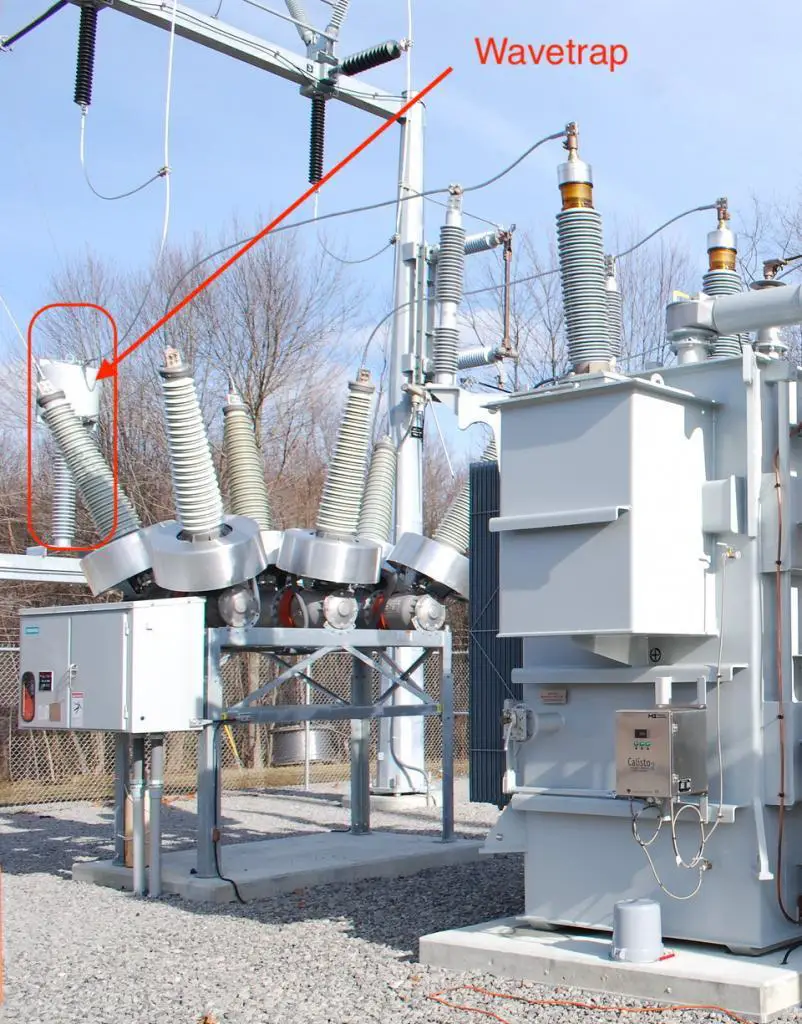
Purpose of wave trap
A wave trap, also known as line trap, is a band-stop or notch filter. It blocks the high-frequency carrier signal and allows 60hz power frequency. A wave trap, CCVT, line tuner, and carrier relays – work hand-in-hand implementing Power Line Carrier pilot protection.
The trap is mounted either horizontally or vertically. It is sized to handle the continuous load current and the mechanical stress generated by the high magnitude fault current for a short time period.
The GIF below shows how the carrier frequency is contained using the wave traps. The frequency that travels on the line is chosen from a range of 30kHz to 500kHz. So, while the trap is tuned to block this frequency, it allows the 60hz power frequency through.
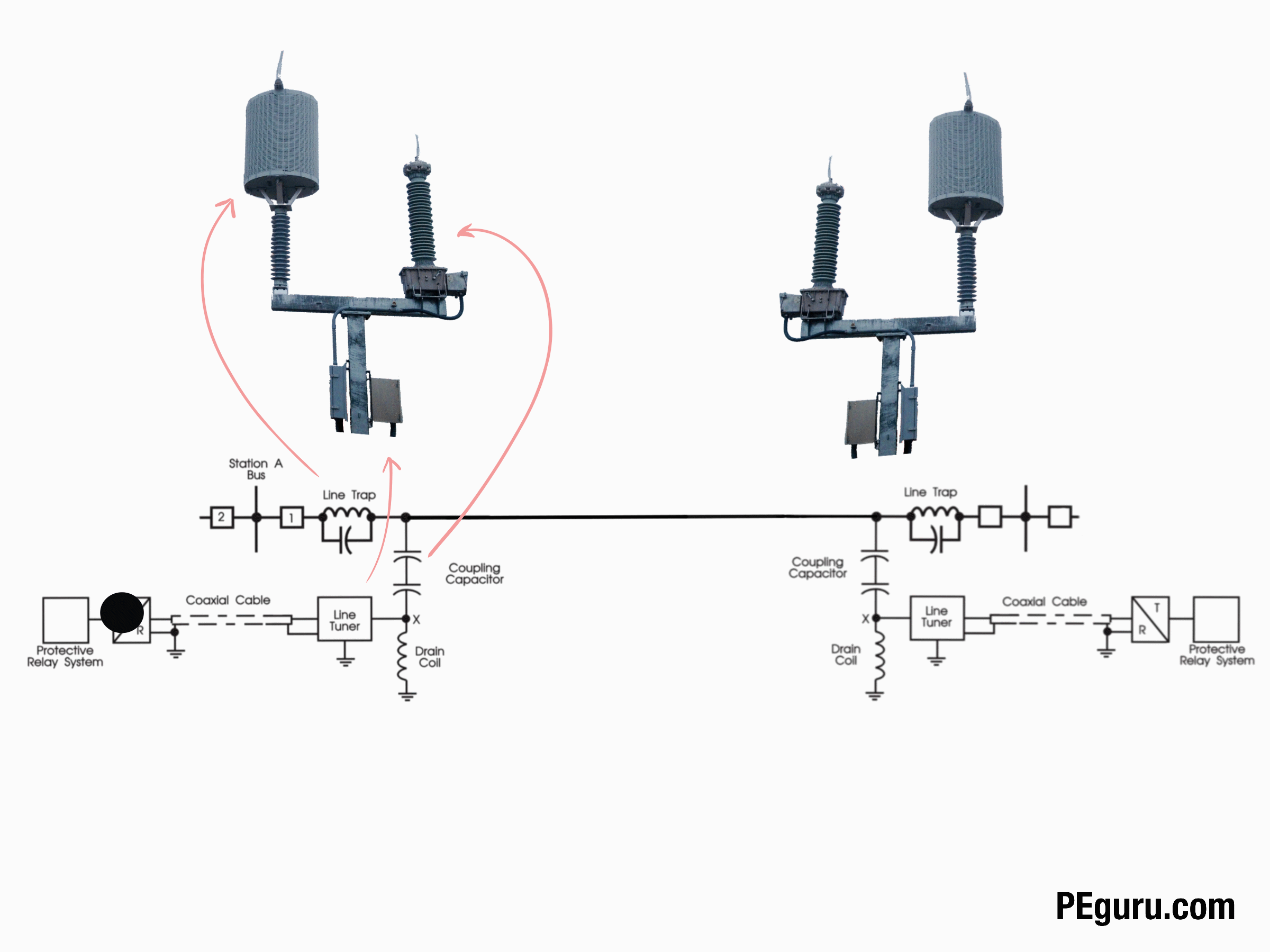
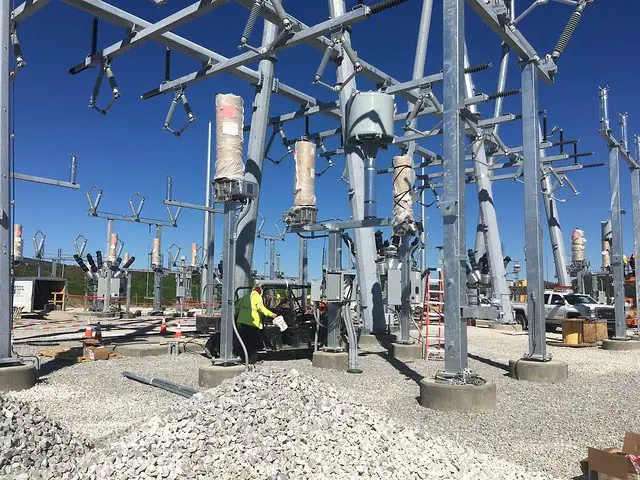
One additional item factored into the trap design is how the inductance of the trap reacts with the capacitive elements in the substation. Because of capacitance in various equipment, shown in the image below, a series resonant circuit is formed with the inductance in wavetrap. This mini-circuit diminishes the inductive impedance leading to more carrier signal leaking through the trap.
One way to combat this issue begins by introducing a resistor into the wavetrap’s tuning hardware (one that contains the capacitor). Although adding this resistance (typically 400 ohms, matching t-line characteristic impedance) decreases the peak impedance offered to the carrier signal, it limits the resonance. This logic, however counter-intuitive, is a worthwhile trade-off.
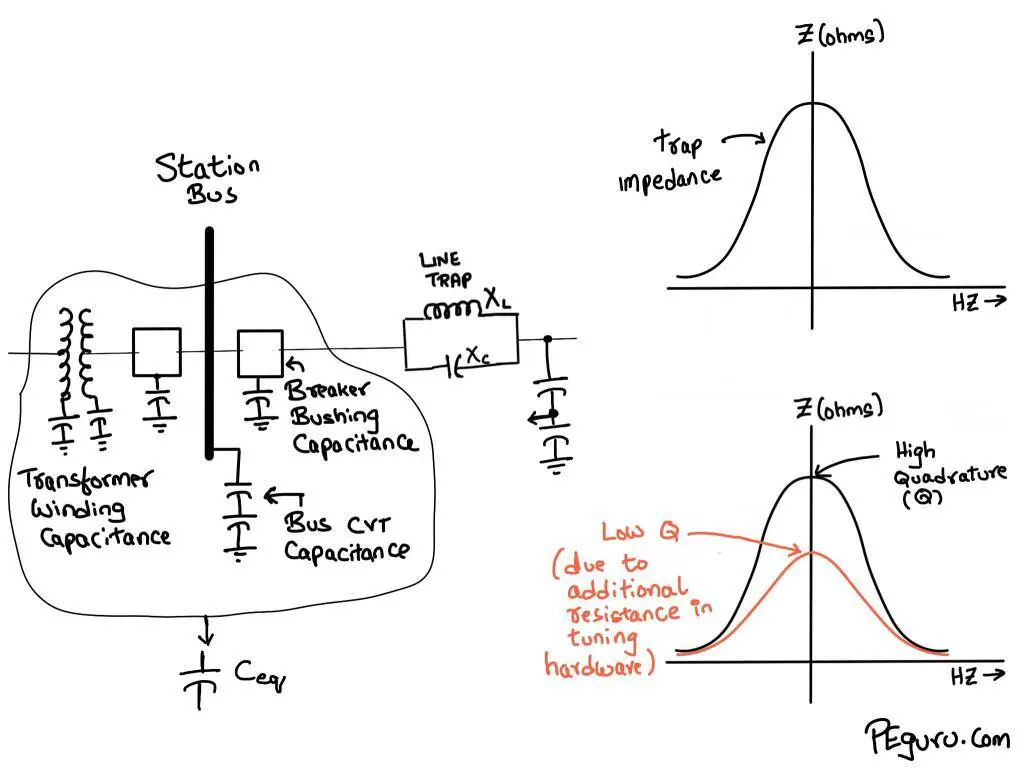
Cost of wave trap
- 69kV 1200Amp wave trap: ~$12,000 each
- 138kV 2000Amp wave trap: ~$12,000 each
- 230kV 2000Amp wave trap: ~$25,000 each
- 345kV 3000Amp wave trap: ~$30,000 each
Note: The cost of any support structure is not included.
Lead time to procure wave trap
~20 weeks
Information on cost and lead time is for your general knowledge only. Contact vendor with your equipment specifications for actual figures.


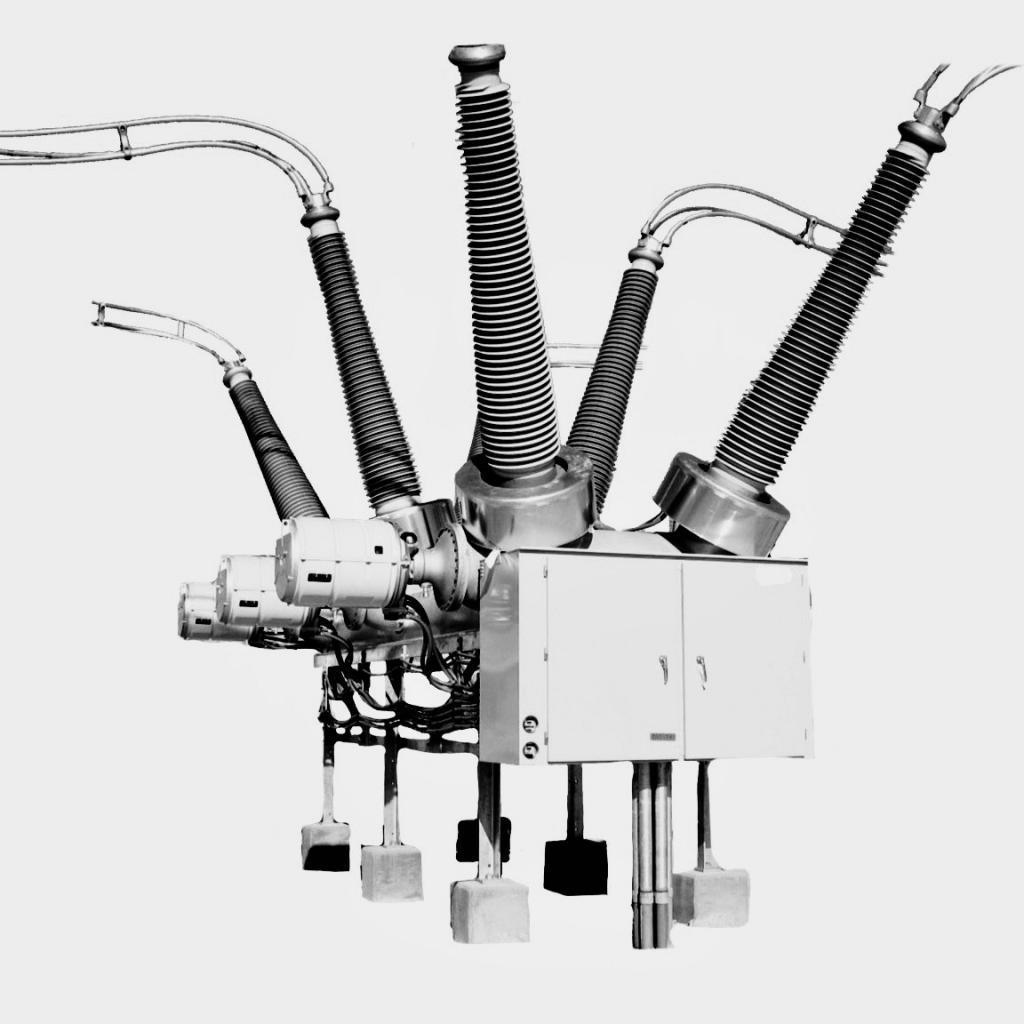
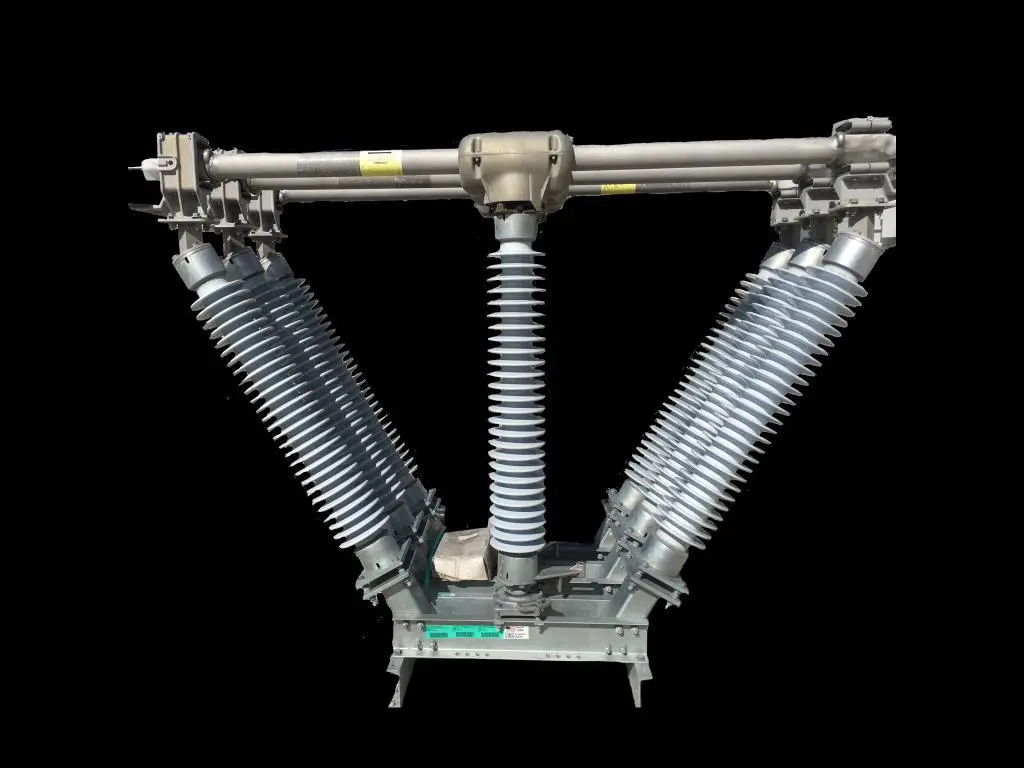
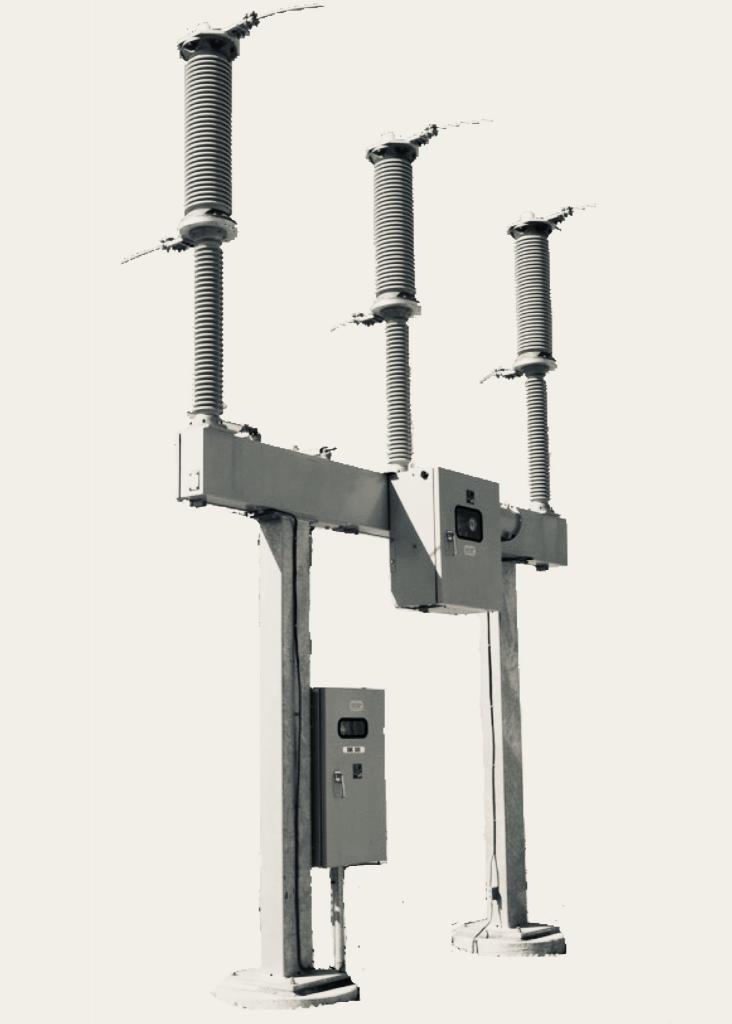
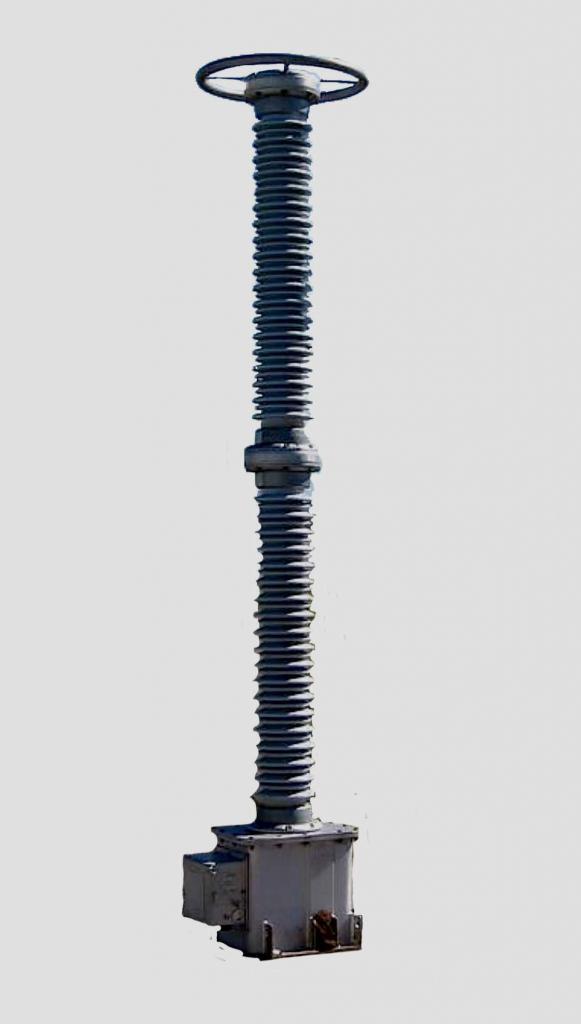

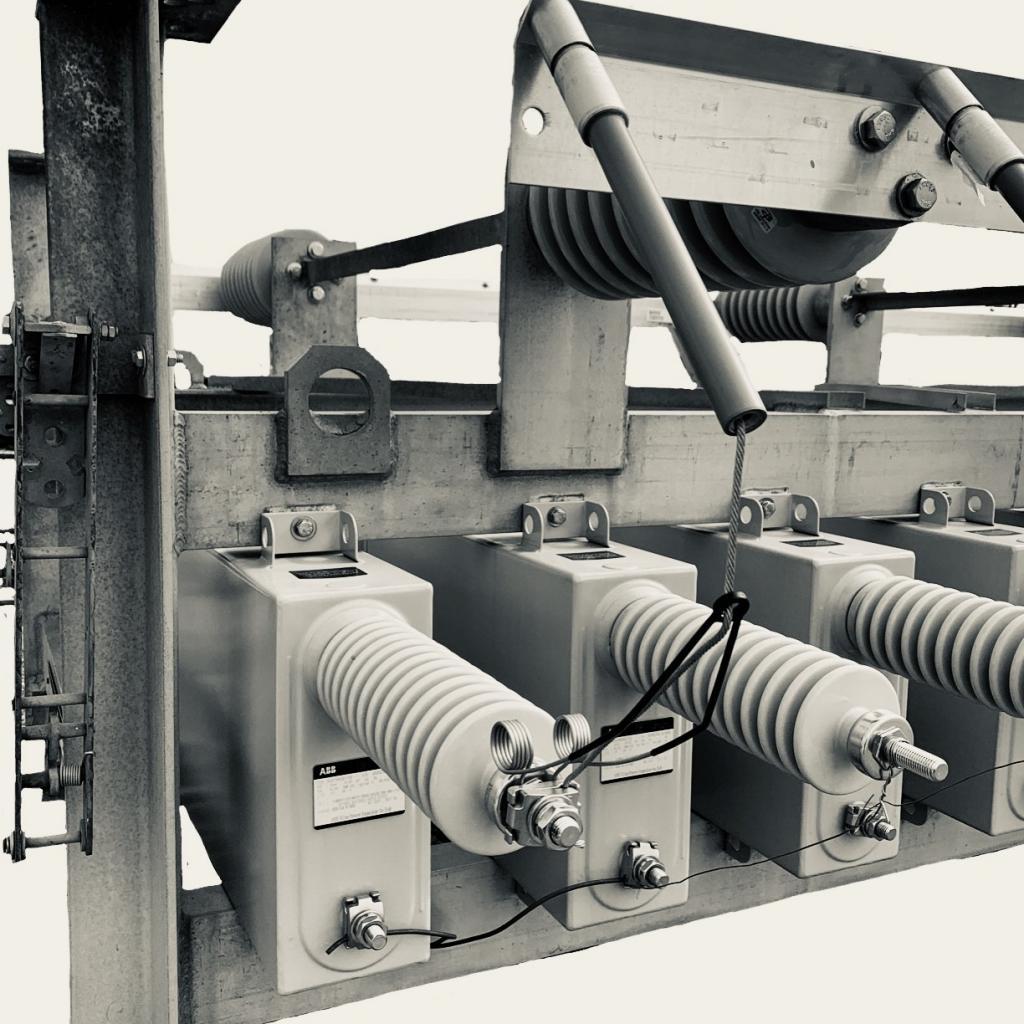
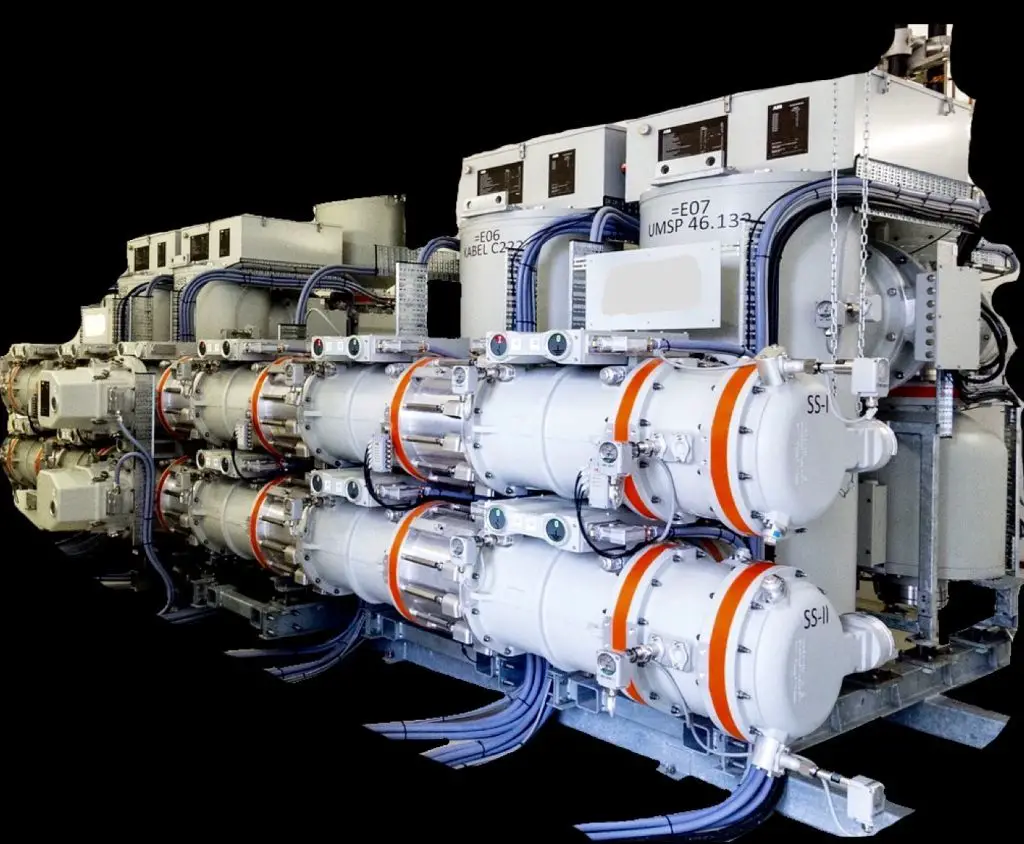
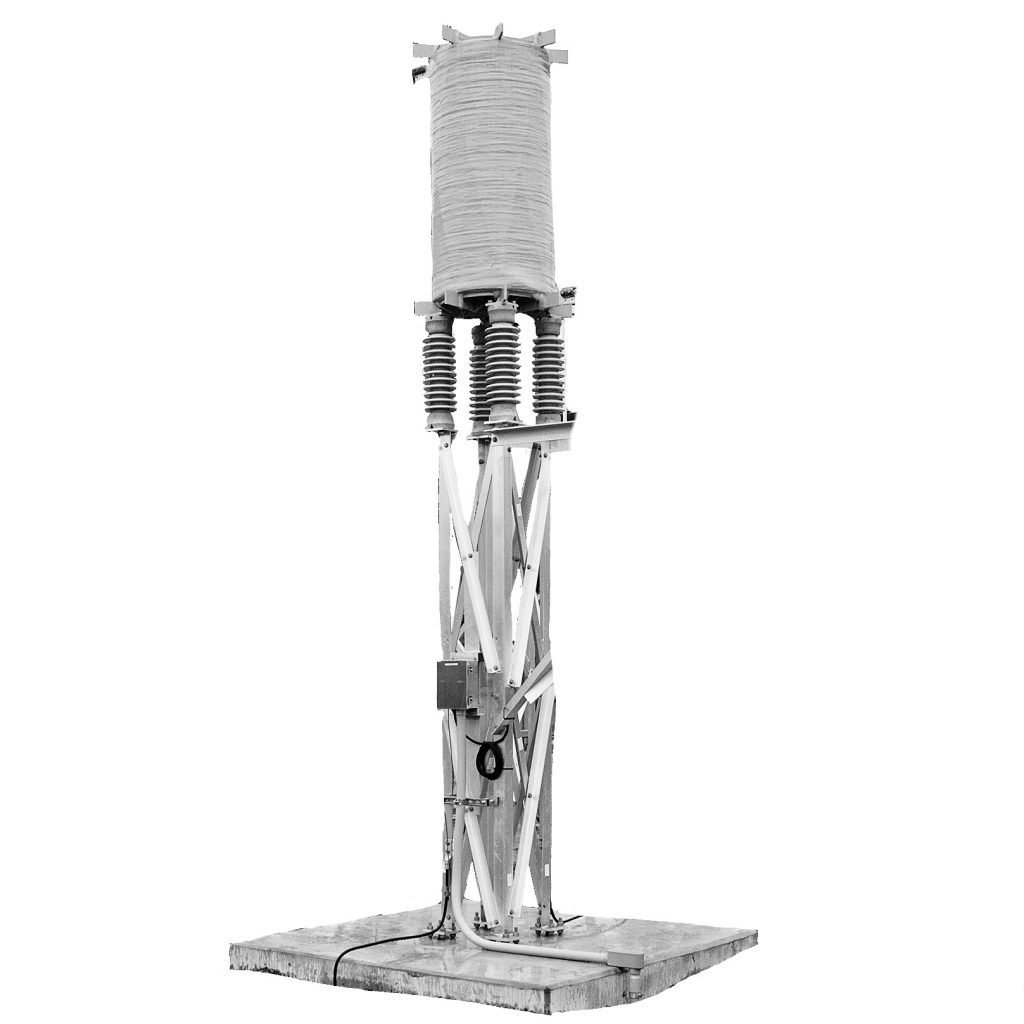
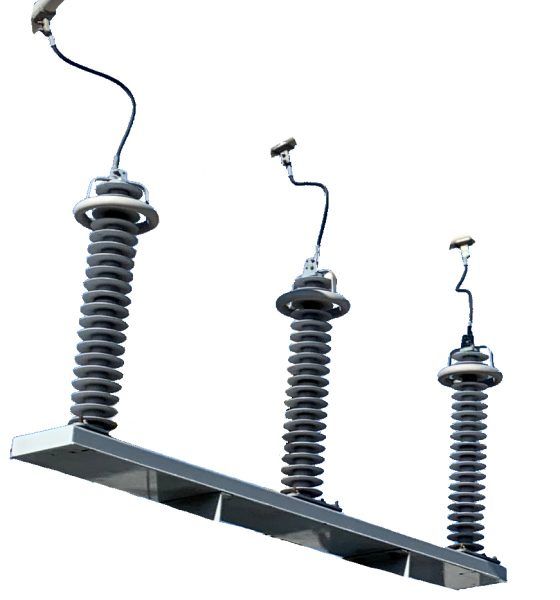

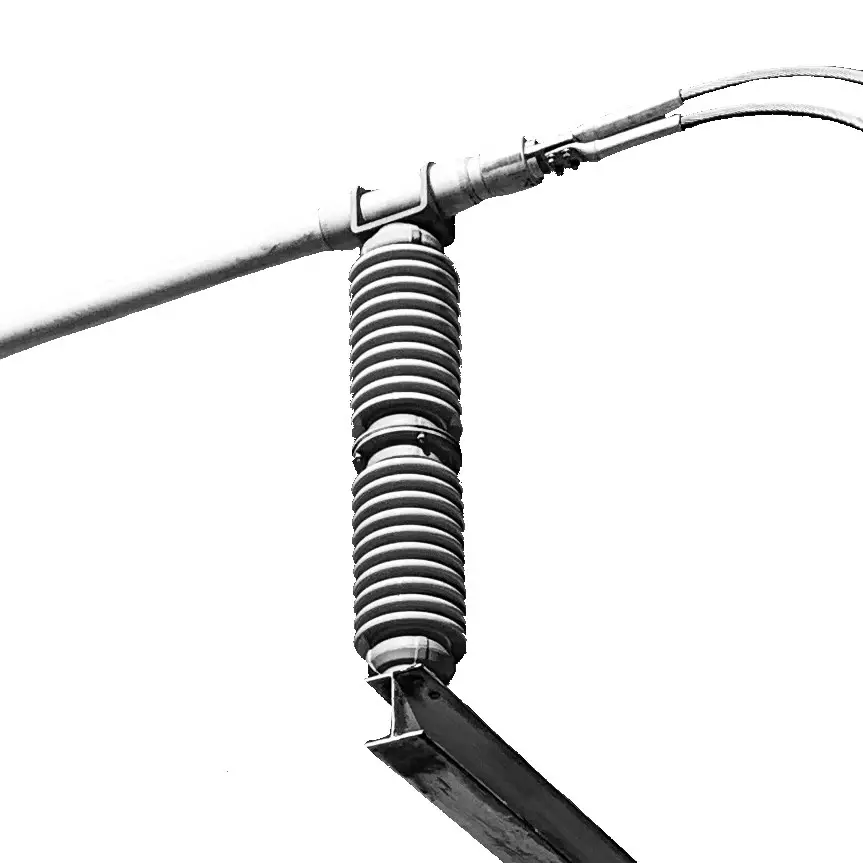
Dear Sir,
WE are manufacturer of Line Trap Capacitors and also supplier of GE power India and Grid Solutions Brazil, we will be interested to submit the sample for your company.
the figures and quiz results are not shown
Thanks for reporting this. Working on fixing it.